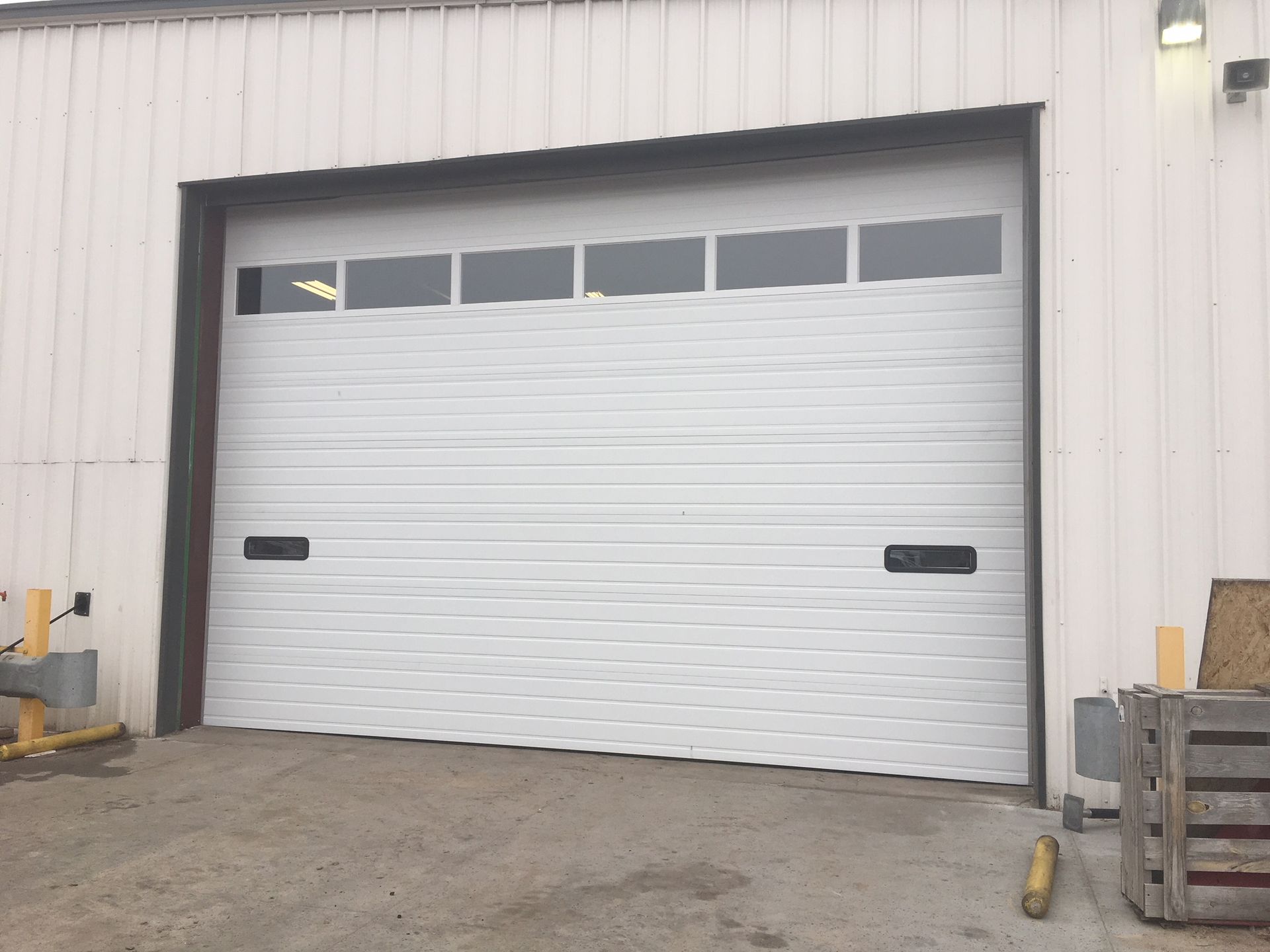Your overhead door does more than just open and close; it enhances security, keeps energy costs down, and adds value. But like any complex equipment, it needs care. Ignoring subtle issues can lead to expensive fixes—or worse, a door that stops working entirely. Let’s explore the top 5 signs your overhead door might need repair and why acting quickly is essential.
Odd Noises: A Sign of Trouble
Does your overhead door groan, grind, or screech? These sounds are not just annoying—they’re a cry for help. Unusual noises can indicate issues with the door’s torsion springs, tracks, or motor. Left unchecked, these minor issues can snowball into major malfunctions.
Your Door Hesitates?
If your overhead door is slow to open or close, it might be due to aging parts or problems with the system. A door that hesitates could pose a safety risk, especially if it fails while in use. Prompt repairs can restore its smooth operation.
Uneven Door Panels
Have you noticed misaligned or sagging sections in your overhead door? This is often a sign of structural weakness or tension issues. Beyond being unattractive, sagging can make your garage less secure and insulation capabilities.
Your Door May Be Wasting Energy
A poorly fitted or damaged overhead door can cause drafts, making your HVAC system work harder. If you’ve noticed your energy bills rising unexpectedly, your garage door could be the culprit. Fixing your door can help lower costs in the long run.
When Cosmetic Issues Become Functional Problems
Bumps, cracks, or corrosion are clear indicators that your overhead door has seen better days. While some damage might seem cosmetic, it can lead to bigger issues and make it more susceptible to malfunctions. Addressing these issues promptly is critical for secure operation and functionality.
